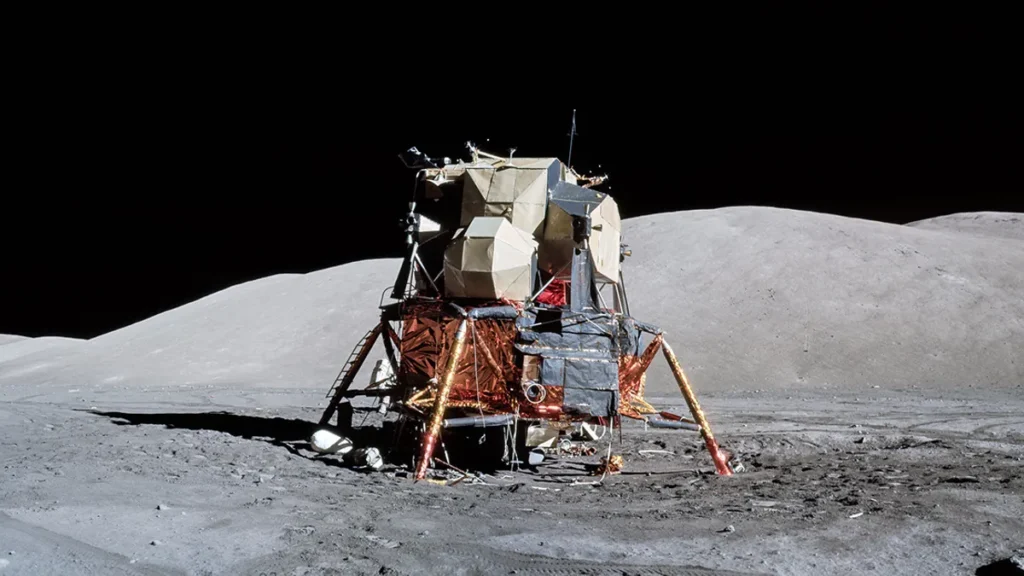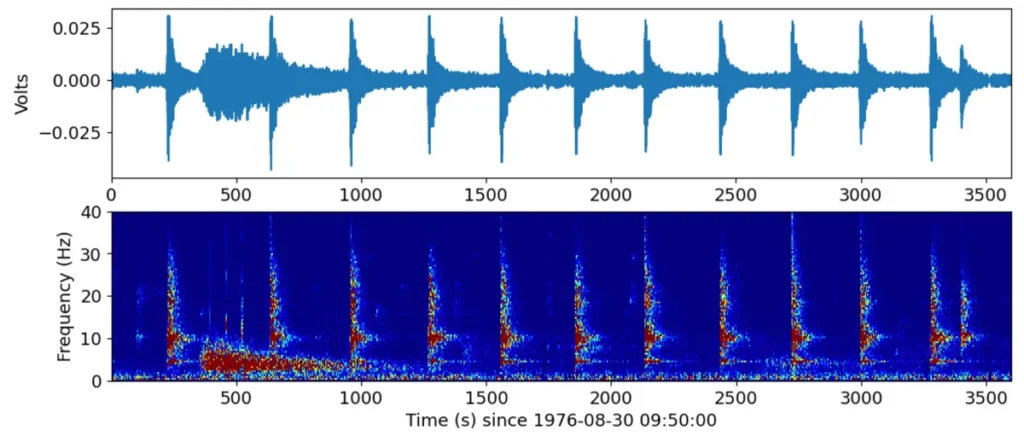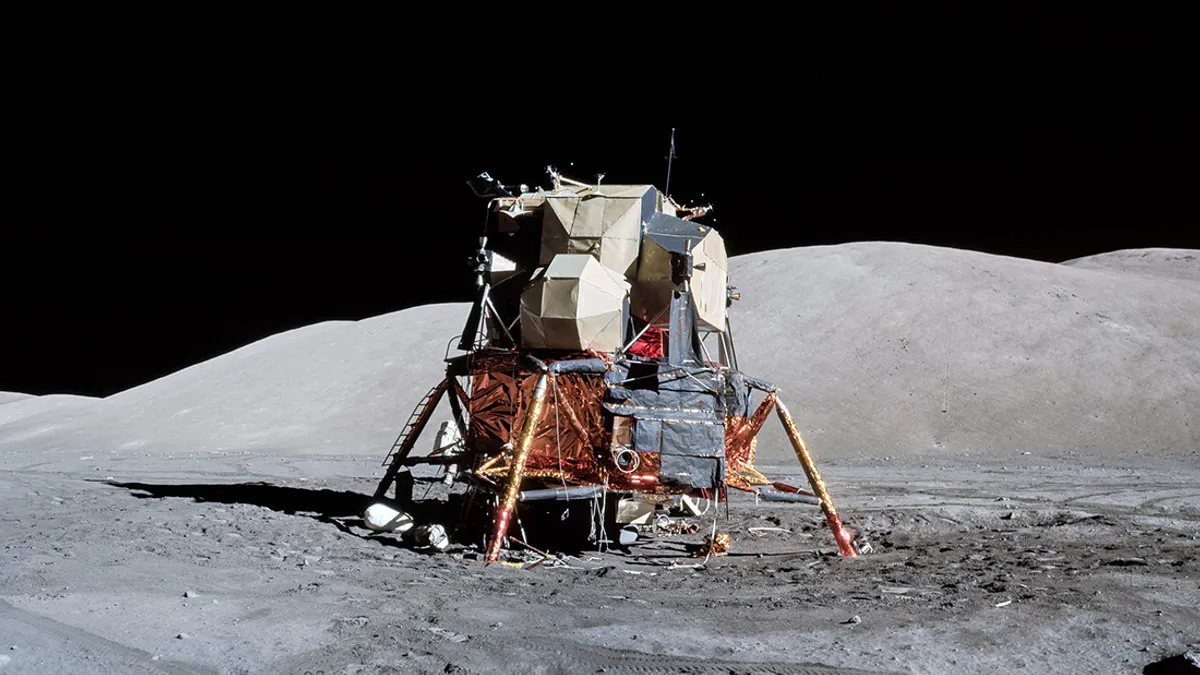
Introduction
In an astonishing development, recent observations have detected movement on the Moon originating from the Apollo 17 lunar module, the last crewed spacecraft to land on the Moon. This discovery has reignited interest in lunar exploration and raises intriguing questions about the current state of the Apollo 17 lander and its surroundings. This article delves into the details of this unexpected movement, its potential causes, and the implications for future lunar missions.
The Apollo 17 Mission: A Brief Overview
Historical Context
Apollo 17, launched on December 7, 1972, was the final mission of NASA’s Apollo program. Astronauts Eugene Cernan and Harrison Schmitt spent three days on the lunar surface, conducting scientific experiments and collecting samples, while Ronald Evans orbited above in the command module. The mission marked the last time humans set foot on the Moon.
The Lunar Module
The Apollo 17 lunar module, named “Challenger,” was left on the Moon’s surface after completing its mission. For decades, it has remained a silent monument to human achievement, untouched by external forces due to the Moon’s lack of atmosphere and weather.
Recent Observations: Detecting Movement
Lunar Reconnaissance Orbiter (LRO) Findings
NASA’s Lunar Reconnaissance Orbiter (LRO), orbiting the Moon since 2009, has been instrumental in mapping and studying the lunar surface. Recently, LRO’s high-resolution cameras detected subtle but noticeable changes around the Apollo 17 landing site, indicating movement.
Nature of the Movement
The detected movement appears to be small and localized, centered around the Apollo 17 lunar module. Changes in the module’s shadow lengths and positions of nearby surface features suggest that some form of displacement or shifting has occurred. This phenomenon is unprecedented, given the expected inertness of objects on the lunar surface.
Potential Causes of Movement
Thermal Expansion and Contraction
One plausible explanation for the movement is thermal expansion and contraction. The Moon experiences extreme temperature fluctuations between day and night, ranging from about -173°C (-279°F) to 127°C (260°F). These temperature changes can cause materials to expand and contract, potentially leading to minor shifts in the lunar module’s components.

Micrometeorite Impacts
Another possible cause is micrometeorite impacts. The Moon’s surface is constantly bombarded by small meteoroids, which can create tiny craters and move surface material. A micrometeorite impact near the lunar module could have caused the observed displacement.
Tidal Forces
Tidal forces exerted by the Earth and the Sun can induce slight movements in the lunar surface. Although these forces are relatively weak, they could contribute to gradual shifts over time, potentially affecting the position of the lunar module.
Implications for Lunar Exploration
Preservation of Historical Sites
The movement detected around the Apollo 17 lander highlights the need to preserve historical sites on the Moon. As we plan for future lunar missions, protecting these landmarks from potential damage or alteration becomes increasingly important. Establishing guidelines for the preservation of lunar heritage sites will ensure that future generations can study and appreciate these pivotal moments in human space exploration.
Monitoring Lunar Surface Changes
Continuous monitoring of the lunar surface is crucial for understanding its dynamic environment. Advanced technologies and ongoing missions, like the LRO, provide valuable data on the Moon’s geology and external influences. This information can inform the planning and execution of future missions, ensuring the safety and success of astronauts and equipment.
Inspiration for Future Missions
The discovery of movement at the Apollo 17 site serves as a reminder of the mysteries that the Moon still holds. It underscores the importance of returning to the lunar surface to conduct further exploration and research. Future missions can build on the legacy of the Apollo program, using advanced technology to uncover new insights into the Moon’s history and its potential for supporting human life.
Conclusion
The detection of movement around the Apollo 17 lunar module is a remarkable finding that has captured the imagination of scientists and the public alike. While the exact cause of the movement remains uncertain, the phenomenon underscores the dynamic nature of the lunar environment and the ongoing importance of lunar exploration. As we prepare for the next era of human missions to the Moon, understanding these changes will be key to unlocking the secrets of our closest celestial neighbor.

